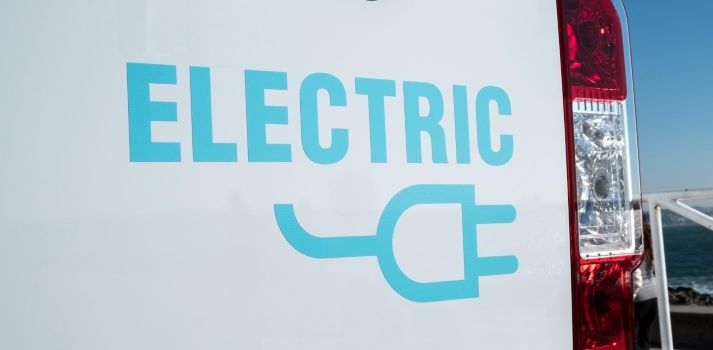New registrations of vehicles with alternative drives increased by 47 percent in November compared to the same month last year. In the first eleven months of this year, 9 percent more new electric cars, hybrids with and without plugs, mild hybrids and gas-powered passenger cars were registered, totaling nearly 1.1 million vehicles.
In November, 102,656 new electric vehicles hit the roads. This is an increase of 51 percent compared to the same month last year. This included 57,980 new battery electric passenger cars (up 44 percent). Plug-in hybrids recorded a 60 percent increase with 44,581 new registrations. As these vehicles are only eligible for the environmental bonus until the end of 2022, there is currently a final spurt here. Between January and November, more than 366,000 battery-electric passenger cars were newly registered (up 19 percent year-on-year). In addition, more than 292,000 plug-in hybrids were newly registered, the same level as the previous year.
In addition, 43,697 new hybrids without plugs were newly registered in November (up 39 percent). This represents almost one-fifth of all new passenger car registrations. Among the hybrids, 6,824 were full hybrids, 96 percent of which came from VDIK brands.
The highest growth rates in the first eleven months of the year were recorded by passenger cars powered by liquid gas, which increased by 63 percent to 13,821 units. In addition, 761 new fuel cell cars were registered (up 79 percent). 98 percent of these new hydrogen passenger cars come from international brands.
The VDIK regularly updates the list of electric vehicles from international manufacturers. The VDIK member companies currently offer 200 electric models (passenger cars and commercial vehicles) that customers can order in Germany. The VDIK electric list can be accessed here.
In the overall passenger car market, the weighting continues to shift in the direction of alternative drive systems. In the first eleven months of this year, they accounted for 47 percent of the total market. Gasoline engines accounted for 34 percent and diesel for 19 percent.
| November | January – November | ||||||
|---|---|---|---|---|---|---|---|
| Change vs. 2021 (%) |
Change vs. 2021 (%) |
Share of total car market |
Market share VDIK (%) |
||||
| BEV | 57,980 | 44 | 366,234 | 19 | 16 | 41 | |
| PHEV | 44,581 | 60 | 292,292 | 0 | 13 | 41 | |
| FCEV | 95 | 228 | 761 | 79 | 0 | 98 | |
| Electric Vehicles (total) | 102,656 | 51 | 659,287 | 10 | 28 | 41 | |
| HEV including: |
43,697 | 39 | 424,869 | 8 | 18 | 45 | |
| full hybrid | 6,824 | 66,220 | 3 | 96 | |||
| mild hybrid | 36,873 | 358,649 | 15 | 35 | |||
| CNG | 119 | -35 | 1,728 | -52 | 0 | 68 | |
| LPG | 1,490 | 19 | 13,821 | 63 | 1 | 99 | |
| Alternative Drivetrains (total) | 147,962 | 47 | 1,099,705 | 9 | 47 | 47 | |
| Petrol | 72,663 | 10 | 798,912 | -11 | 34 | 39 | |
| Diesel | 39,881 | 28 | 438,349 | -10 | 19 | 30 | |
| for information: | |||||||
| Passenger car (total) | 260,512 | 31 | 2,337,039 | -2 | 39 | ||





